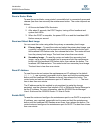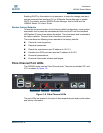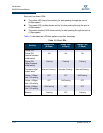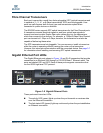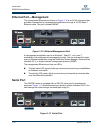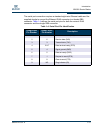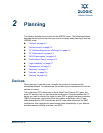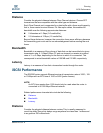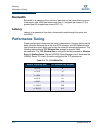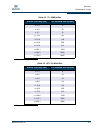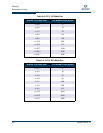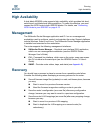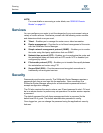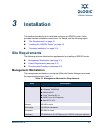
Planning
Device Access
2-2 SN0051103-00 A
S
Device Access
Consider device access needs within the FC and iSCSI SANs. Controlling access
to FC device LUNs requires mapping FC device LUNs to specific iSCSI initiators.
You may map LUNs to more than one initiator. Giving multiple initiators access to
a LUN requires access management.
Fibre Channel
The Fibre Channel ports automatically discover all FC target devices, whether
connected directly (loop) or by fabric (switch).
iSCSI
The iSCSI ports automatically present targets discovered on the Fibre Channel
ports. If the FC target’s LUN 0 is a controller LUN, it becomes accessible
(mapped) to all iSCSI initiators. All data LUNs are inaccessible until mapped. The
exception to this is if LUN 0 is a controller LUN, then it is mapped automatically to
allow for management of the FC target controller.
When an iSCSI initiator logs on, the router records the initiator’s iSCSI name and
IP address. The management interface [command line interface (CLI) and
SANsurfer Router Manager] uses the initiator information to simplify the mapping
process.
FC Switches Required for VPGroups
iSR6250 uses QLogic HBA technology and is compatible with all Fibre Channel
switches from Brocade, Cisco, McData, and QLogic. If you want to use more than
one VPGroup, you must use Fibre Channel Switches.
FC Performance
The iSR6250 router supports Fibre Channel service at transmission rates of 2, 4,
or 8 Gbps with a maximum frame size of 2148 bytes. Related performance
characteristics include the following:
Distance (see page 2-3)
Bandwidth (see page 2-3)
Latency (see page 2-3)



